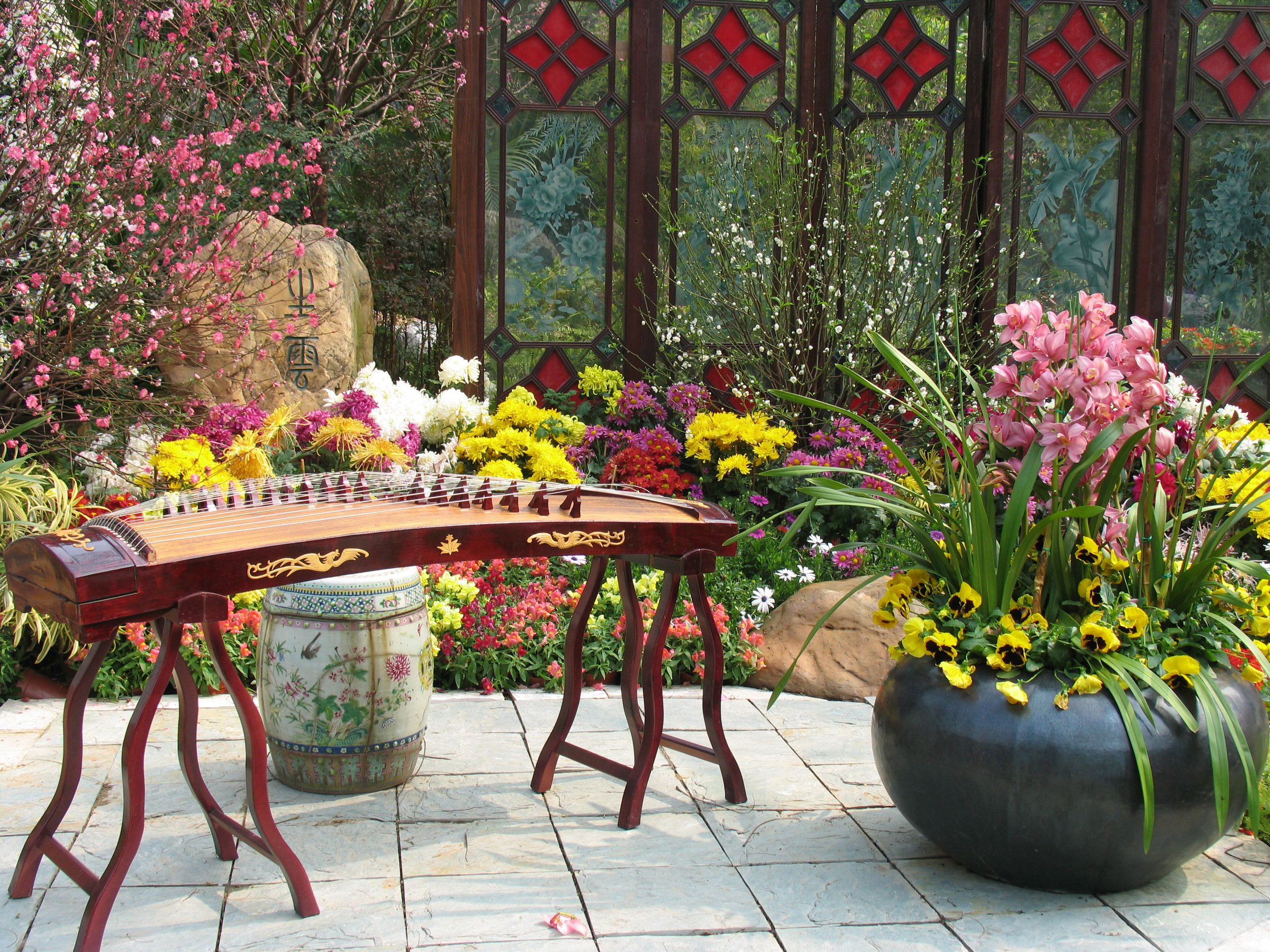What You Need To Know Before Consigning Your Chinese Artifacts?
If you and your family have always been fond of collecting and keeping Chinese artifacts for generations, you'd know that they're worth some money. And, perhaps, the time has come when you'd want to auction them off or sell them to other art collectors. This is where knowing about how art consignments work can be handy.
Essentially, the consignment works when the consignor, the owner of the art pieces, or in this case, the Chinese artifacts you have, reaches out and agrees with the consignee, who will be the vendor, to display their valuable art collection until they get sold.
Some of the Chinese artifacts you own may have sentimental value, so you probably want to sell them higher. You can do this by contacting a consignee who can help you come up with the best deal. When these Chinese antiques have been passed down from generation to generation, it's understandable to get the best deal out of them.
So, if you’re wondering what you need to know before consigning your Chinese artifacts, here’s a list to keep in mind before you deal with your Chinese art consignment:
1. Be Aware Of Possible Consignment Issues
Artwork consignment can be a great way to liquidate an asset. Your family might decide on these together, and Chinese artifacts could be sold for hefty prices. But it's essential to be aware and be prepared for some issues to encounter with your consignment experience:
Art Piece Don’t Get Sold
It’d be worth noting that consigning your art pieces doesn’t guarantee that they will all get sold. This possibility applies to any art piece out there, no matter how cheap or valuable they are. It can be challenging to earn money for your Chinese art consignment if no client is interested in it.
Therefore, you must ensure that the asset trades within a set period. However, if you're doubtful about it, you can go for auctioneers or art dealers who can have more chances of selling your pieces. Consigning your art collection doesn't force nor give pressure to the vendor at all, so you need to be aware of this issue.
Possibilities Of Loss Or Damages
Consignments come with some risks. For instance, your art assets can be lost or damaged. And although the chances are less likely when they're correctly handled, accidents may still happen at any time.
Consignees are relatively not responsible or accountable for such unfortunate mishaps. As such, you’d need to be aware of this possibility so you can prepare and come up with preventive measures.
Sale May Take A Long Time
Your Chinese artifact may also take a long time to be sold, and it's not under the consignee's control. And more so, during the pandemic, there were ways to support the arts, but it could still be hard to sell them. And while the consignee will do everything to market and advertise your art piece, there’s no guarantee that the item will be sold sooner or later.
2. Know The Value Of Your Chinese Artifacts
Another essential tip when consigning your Chinese art is to know its art value. For instance, you can talk to your family and research the art pieces you own to learn how valuable they are today. Knowing these details could add more worth to your art piece.
More so, apply more of these tips to be well-informed of your art's value:
Learn Why They’re Valuable
When buying or selling Chinese antiques, learn why they are valuable. This allows you to sell it better, whether in auction houses or consignment methods. It is difficult to determine the exact value of a piece of art because of many factors. However, you can note the age intricacy of the details, materials, and artists. They could come from historical eras that are very significant in the art industry, or perhaps they were handcrafted by famous artists in the past. If it's only one of its kind, it can also increase its value.
To calculate the value of a Chinese antique, specialized knowledge is required. You need to ensure its authenticity and all the details that comprise the art piece so you can assess and tell your sellers and art collectors why it’s valuable.
Use An Expert Appraiser
Another way to find the value of your Chinese artifact is to reach out to an art appraiser. They will be able to give you a more accurate opinion of the piece's value. Work with someone who knows Asian history. An expert with in-depth knowledge of Chinese history and art will be able to determine your antiques' origins, age, and value accurately.
3. Go For A Consignee That Has Worked With Similar Art Like Yours
It is not uncommon for people to sell their antiques for monetary reasons or various reasons. Yet they do not know how or where to sell it. To get a head start, choose a consignee that has worked with similar Chinese artifacts like the ones you own.
And more so, when considering consigning your work, ask the gallery to show you sales records of similar pieces they have already sold. This allows you to understand and assess similar values of similar Chinese art pieces.
Conclusion
The best way to liquidate Asian art is to consign it. However, this process entails proper knowledge and know-how. Fortunately, the guide above has outlined insights on what you need to know before consigning your Chinese artifacts. Hopefully, it can help you better understand how this arrangement works.




